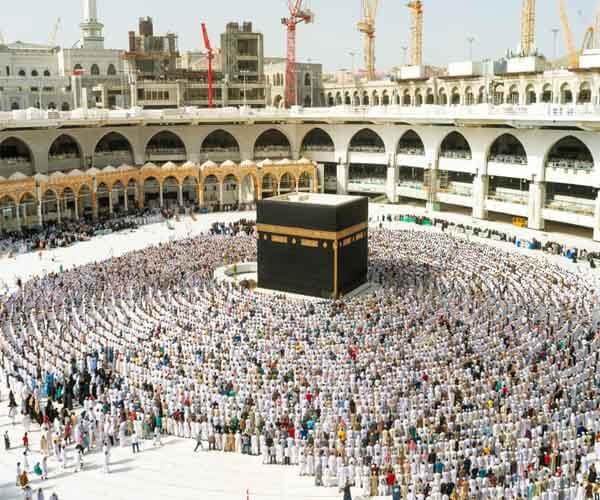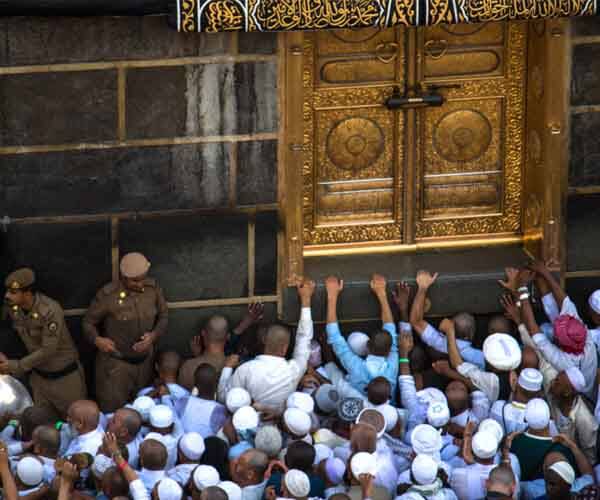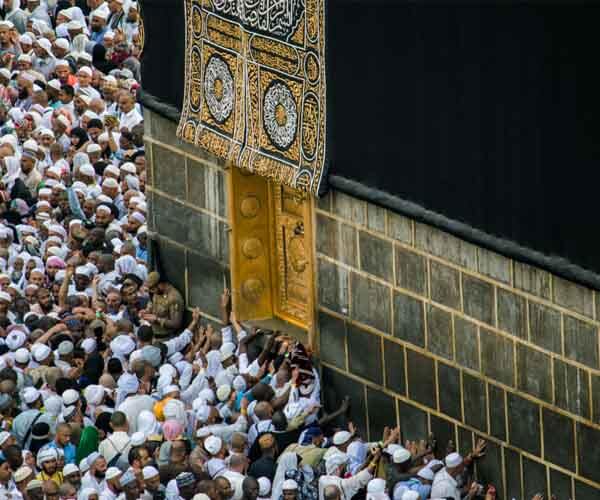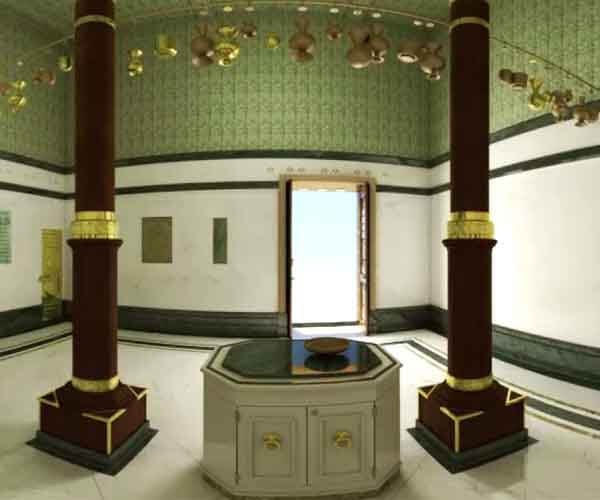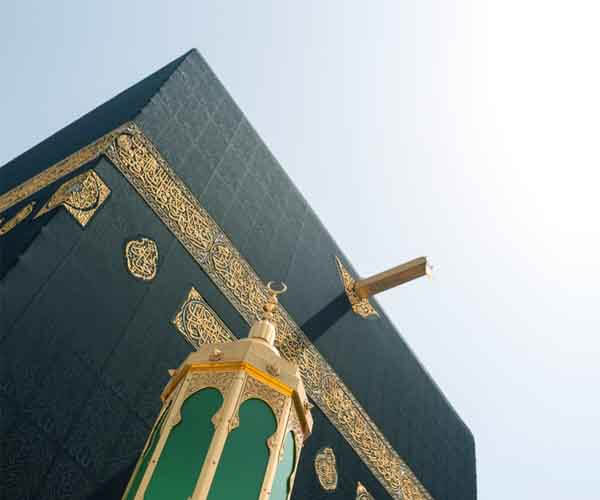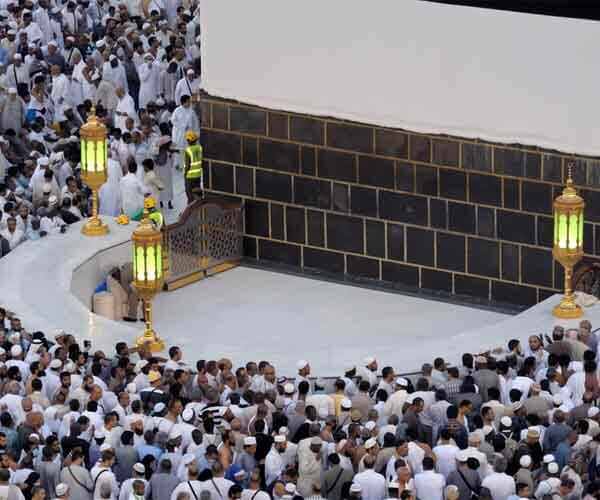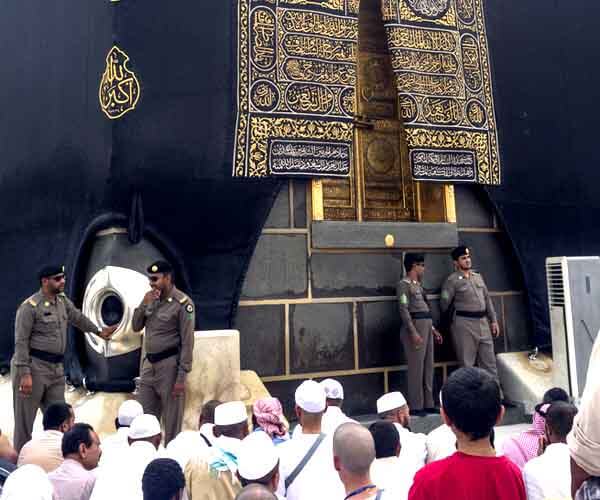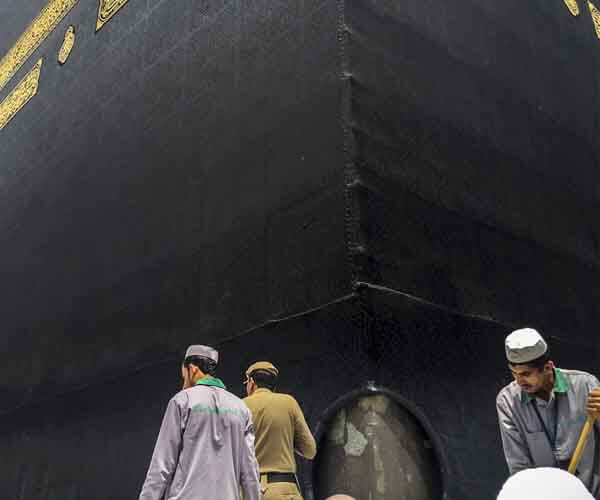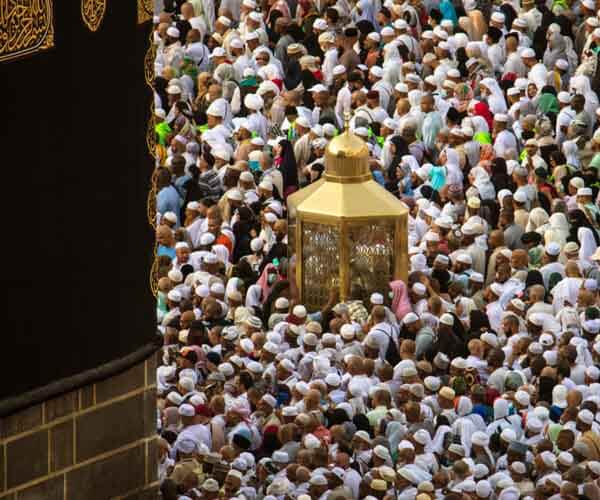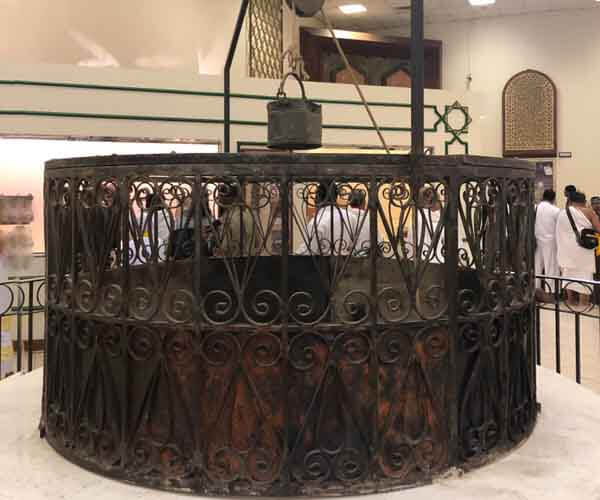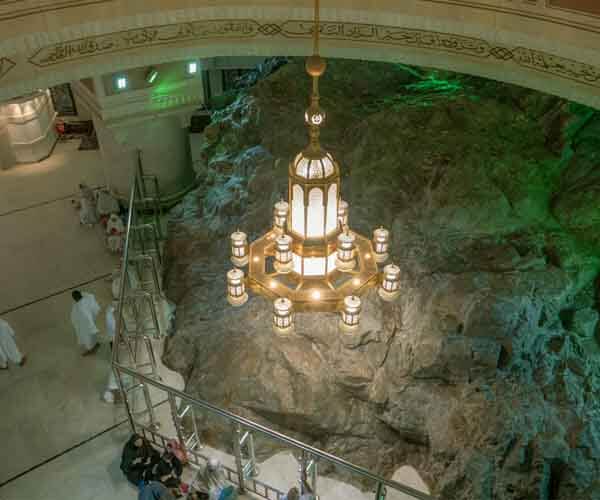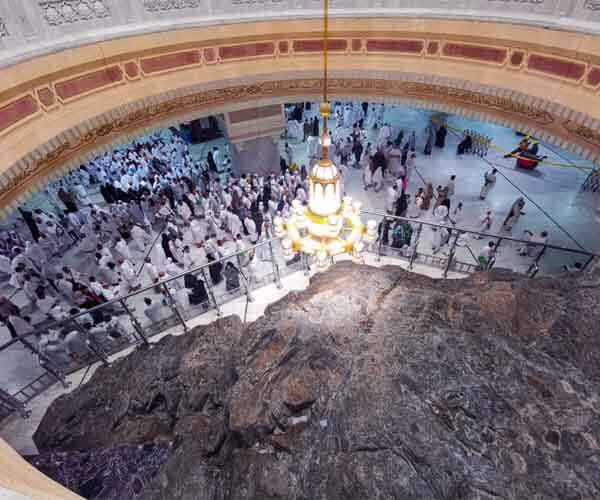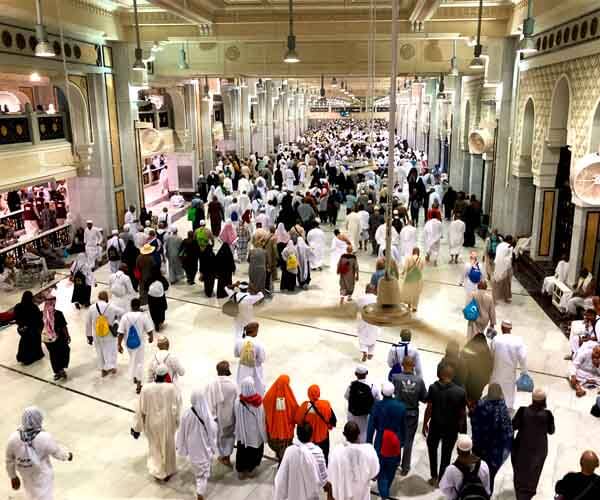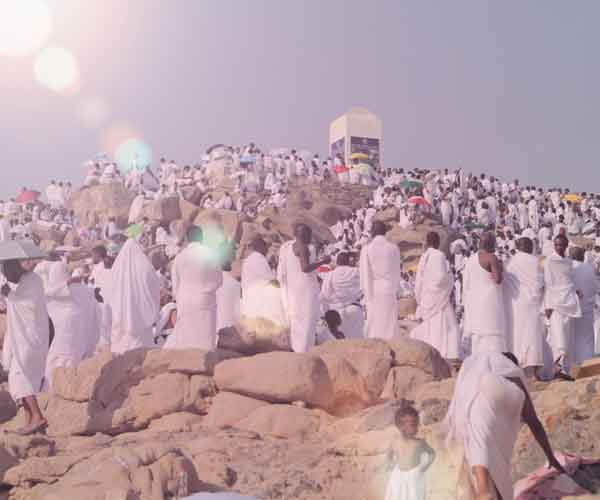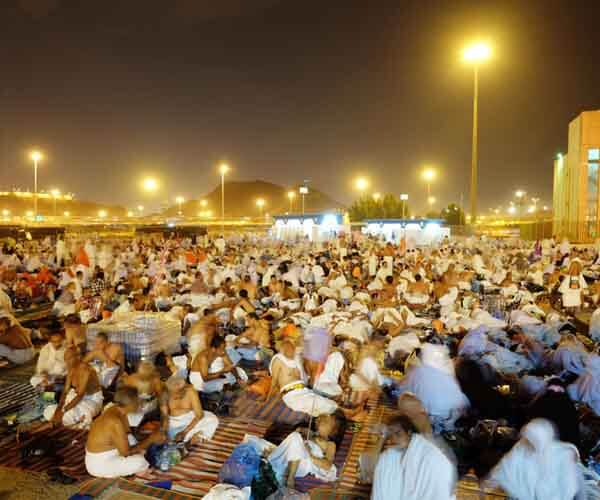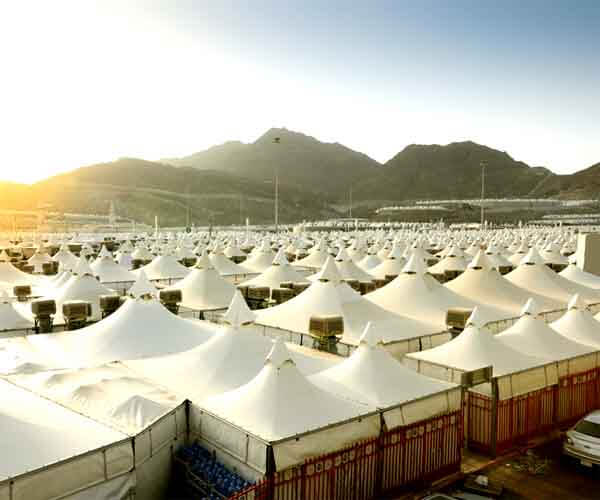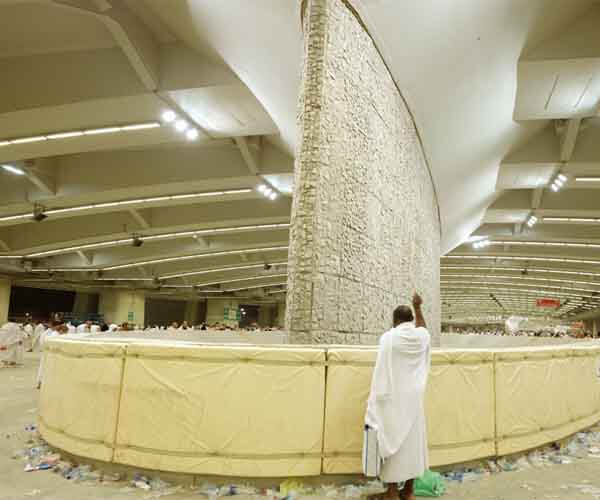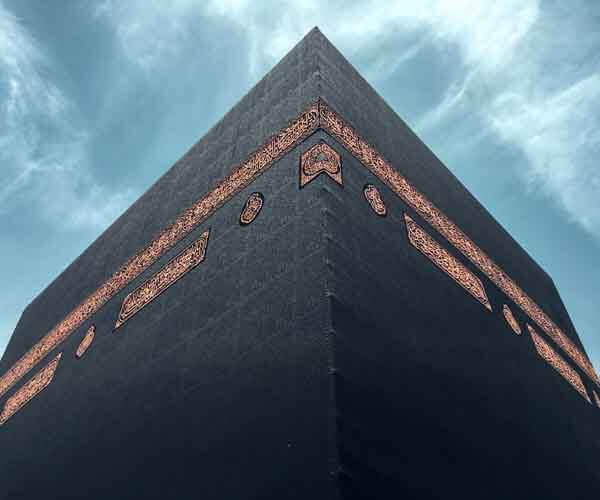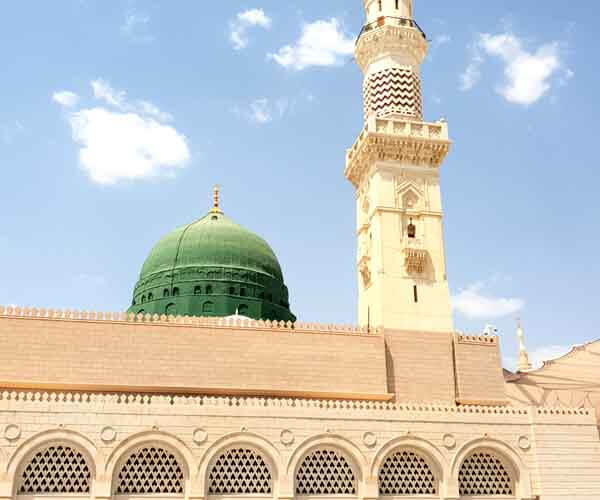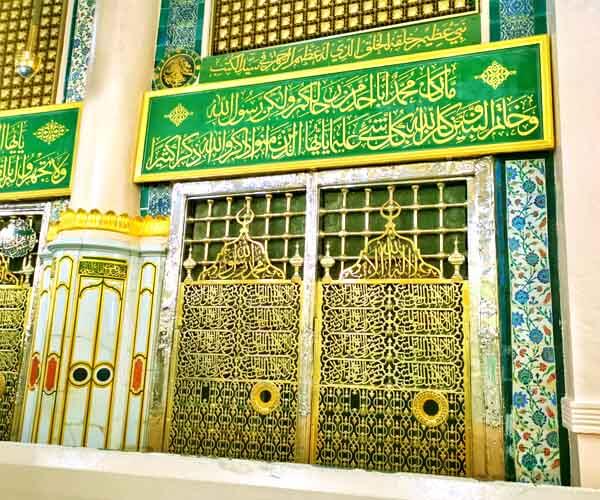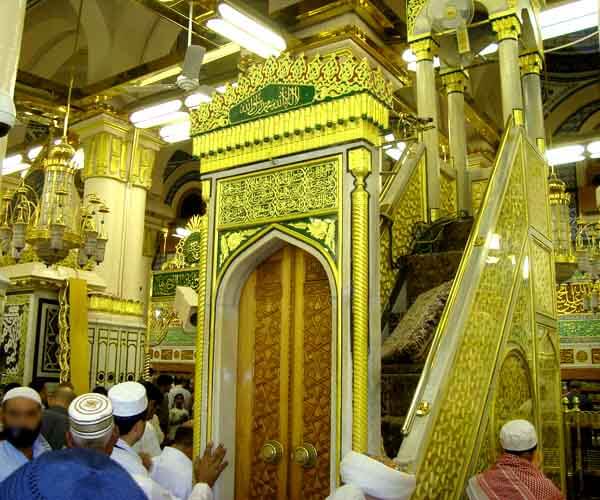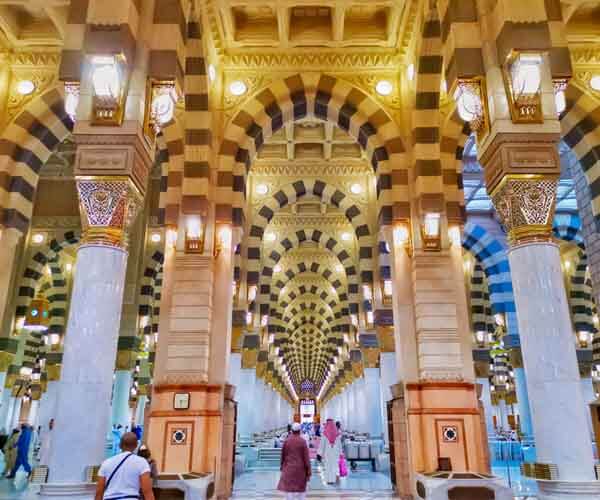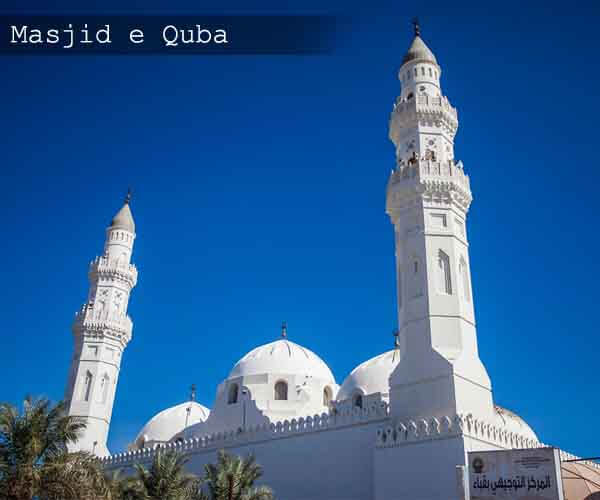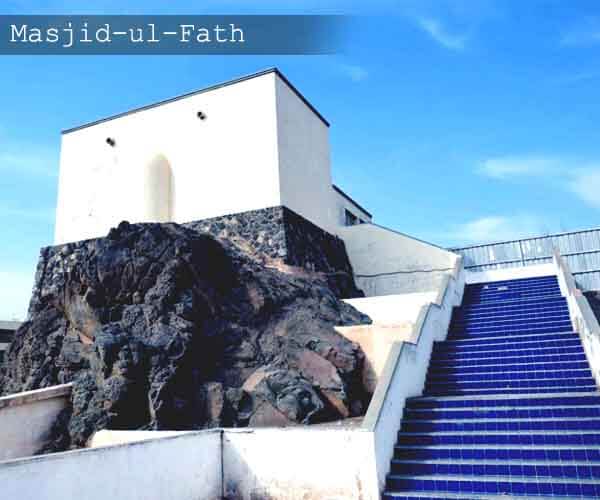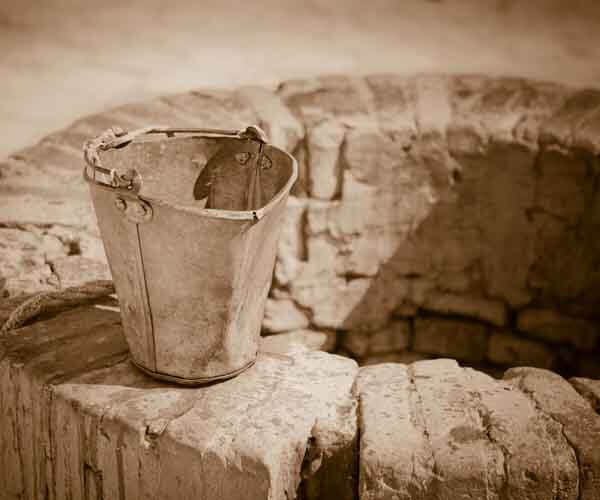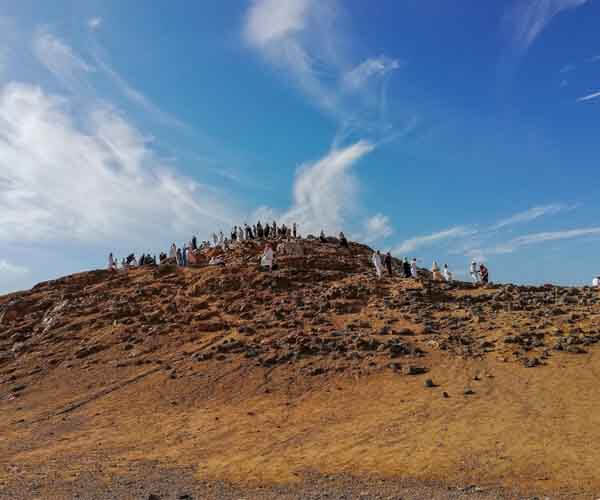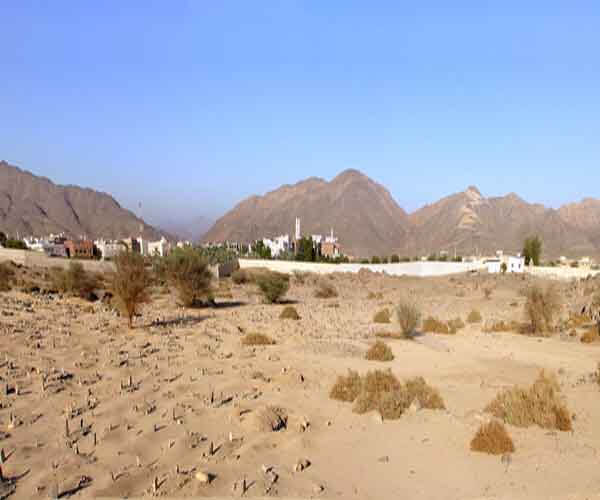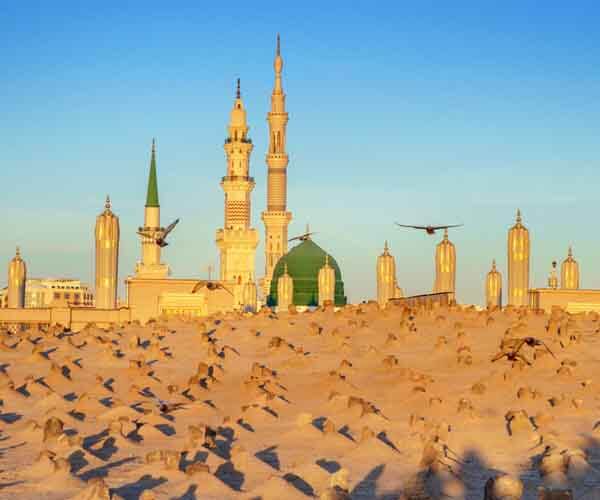Dua Acceptance Places In Makkah and Madina
29 Places where one’s Dua is accepted Respected Hujjaj! Although the whole Haram is full of blessings, We are going to quote some special places from the book ‘Ahsan-ul-WiAli Adab-id–Dua where Dua is accepted so that you would make Dua there with more concentration and fervor. The places in Makka-tul-Mukarramah where Dua is accepted include:
1- Mataf
The specific area where Tawaf is performed.
2- Multazam
The wall section between Rukn Aswad and the sacred door of the Kabah.
3- Mustajar
The western wall section situated exactly behind Multazam, between Rukn Yamani and Rukn Shami.
4- Inside the Holy Kabah
5- Below Mizab-ur-Rahmah
The drain pipe made of gold, affixed on the roof of the northern wall, between Rukn Shami and Rukn ‘Iraqi. The rain water pours from it into Hatim.
6- Hatim
The section inside the semi-circled small wall on the northern side of the Ka’bah. Hatim is a part of the Ka’bah and entering it is just like entering the Ka’bah.
7- Hajar-ul-Aswad
8- Rukn e Yamani
Especially when you are passing by it during Tawaf, The western corner of the Ka’bah towards Yemen
9- Behind Maqam-E-Ibrahim
The heavenly stone situated under a small dome in front of the door of the Kabah. Sayyiduna Ibrahim stood onto this sacred stone to construct the Kabah. It is a living miracle of Sayyiduna Ibrahim (A.S) that his blessed footprints are still imprinted on it.
10- Near Zam Zam well
This is the blessed well which sprang out when Sayyiduna Isma’il (A.S) rubbed his delicate blessed feet on the ground in his infancy.
11- Safa
It is one of the southern doors of Masjid-e-Haram near which lies the mount Safa.
12- Marwah
It is situated on the southern side of the Kabah Tul Allah.
13- In between Safa and Marwah
Especially between Milayn-e-Akhdarayn.
These are 2 green marks visible in the passage between Safa and Marwah. To make these marks prominent, green tube lights have been installed to the walls and the ceiling. During Sa’i, males are to run between these two green marks.
14- Arafat
Especially the area where the Prophet(PBUH) of Rahmah, the Intercessor of Ummah stayed.
About 11 kilometres from Mina lies the plain of ‘Arafat where all Hujjaj gather on the 9th of Zul-Hijjah. Arafat is situated outside Haram.
15- Muzdalifah
Especially Mash’ar-ul-Haram, The plains about 5 kilometers away from Mina towards ‘Arafat. To spend night here on return from ‘Arafat is Sunnah and to stay here for at least a moment between Subh-e-Sadiq and sunrise is Wajib.
16- Mina
A valley 5 kilometers away from Masjid-e-Haram where the Hujjaj stay. Mina lies within Haram.
17- Near the three Jamarat
The three places in Mina where stones are thrown (at Satan). The first one is called Jamra-tul-Ukhra or Jamra-tul-‘Aqabah, it is also called the Big Satan. The second one is called Jamra-tul-Wusta (the Medium Satan) and the third one is called Jamra-tul-Aula (the Little Satan).
18- Whenever one glances at the Holy Kaabah
The places in Madina tul Munawwarah where Dua is Accepted Include:
19- Masjid-un-Nabawi
20- The Sacred Muwajahah (near the Golden Grille)
Imam Ibn-ul Jazari has stated that if one’s Dua is not accepted at this place, where else will it be accepted!
Now, with immense reverence and devotion, come at the sacred Muwajahah from the direction of the blessed feet, facing the Golden Grille, lowering head and eyes, perspiring, weeping and trembling with shame of sins but having hope of mercy and blessings from the Prophet (PBUH) of Rahmah, the Intercessor of Ummah . The Holy Prophet (PBUH) is facing the Qiblah inside his sacred tomb. If you come at the sacred Muwajahah from the direction of the blessed feet, the sight of the Noble Prophet (PBUH) will directly be towards you, which is a means of acquiring success in the world as well as in the Hereafter,
21- Near the blessed Mimbar (pulpit)
Make Dua near the blessed Mimbar (i.e. a pulpit-like raised structure).
22- Near the sacred pillars of Masjid-un-Nabawi
23- Masjid e Quba
About 3 kilometers from Madinah lies an ancient village called ‘Quba’ where this Masjid is situated in south-western direction. The excellence of this Masjid has been described even in the Quran and authentic Ahadis. Devotees of Prophet (P.B.U.H) can reach from Masjid-un Nabawi to Masjid e Quba by walking with a medium pace within almost 40 minutes. It is stated in Sahih Bukhari that the Beloved Prophet (PBUH) used to travel to this Masjid every Saturday either by walking or by riding.
24- Masjid-ul-Fath
Especially on Wednesday between the Prayer of Zuhr and ‘Asr.
25- All those Masajid which have Affiliation with the Blessed Prophet(PBUH)
(Like Masjid Ghamamah, Masjid Qiblatayn etc.).
26- All those wells which have affiliation with the Beloved and Blessed Prophet (PBUH)
27- The mount Uhud
28- Mashahid-e-Mubarakah
The Holy Places where the Mujahideen of Islam were Martyred.
29- Shrines of Baqi’ graveyard
The sacred tombs and graves in Jannat-ul-Baqi’ and Jannat-ul-Mua’la have been destroyed. The graves of thousands of eminent companions, great Awliya, and devotees and those of even countless family members of the Holy Prophet (PBUH) have been obliterated. Therefore, if you enter the graveyard, there is a possibility that you might actually be walking on the grave of any companion or devotee of Prophet (P.B.U.H) whereas walking on the grave of even an ordinary Muslim is Haram in Shari’ah. It is stated in Rad-dul-Muhtar that if a certain path was built after demolishing the graves underneath it, it is Haram to walk on that path. (Rad-dul-Muhtar, vol. 1, pp. 612) In fact, if there is even a doubt about a path being new, then it is impermissible and sin to walk on it. (Durr-e-Mukhtar, vol. 3, pp. 183) Therefore, it is a request that you make Salam standing outside the boundary of Jannat-ul-Baqi’, not its main entrance. The proper method is to make Salam with your back towards the Qiblah and your face towards the faces of the buried ones.
